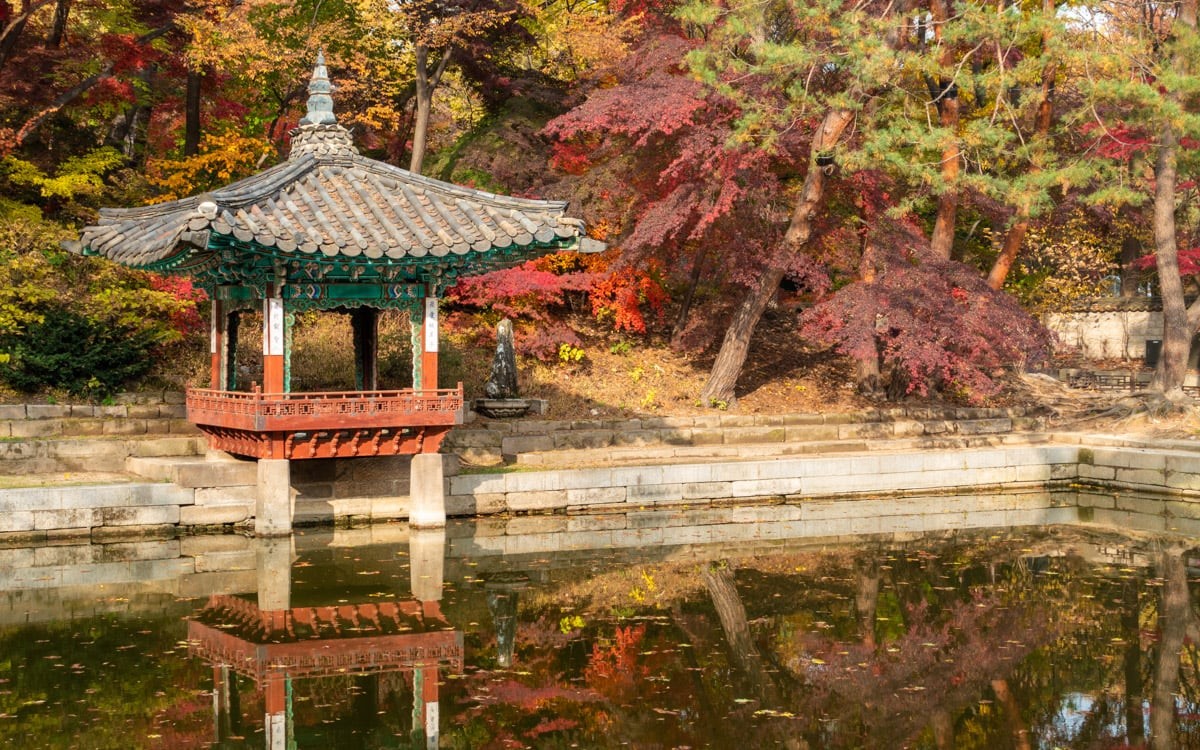
Arcul de Triumf: Bucharest's Beacon of Victory and Elegance
In the heart of Bucharest, rising gracefully above one of the city’s busiest boulevards, stands the Arcul de Triumf, a symbol of national pride and resilience. Much like its Parisian counterpart, Bucharest's Triumphal Arch is more than just an architectural marvel; it is a monument that encapsulates the spirit of Romania, commemorating its victories, struggles, and aspirations.
A Monument of National Pride
The Arcul de Triumf, located on Kiseleff Road in the northern part of Bucharest, has a history as inspiring as the nation it represents. The original arch was hastily constructed out of wood in 1878 to celebrate Romania’s independence from the Ottoman Empire. Over the years, the structure was rebuilt and renovated, with the current stone arch being inaugurated in 1936, following Romania’s significant contributions and sacrifices during World War I.
Standing at 27 meters tall, the Arcul de Triumf is an imposing yet elegant structure, designed by the prominent Romanian architect Petre Antonescu. It is modeled after the Arc de Triomphe in Paris, reflecting Romania's ties to the West and its desire to commemorate its own historical triumphs.
Architectural Elegance
The Arcul de Triumf is a masterpiece of neoclassical design, characterized by its symmetrical lines and detailed stone carvings. The arch’s exterior is adorned with intricate bas-reliefs, sculptures, and inscriptions that pay homage to Romania’s military heroes, victories, and key historical moments. The attention to detail in the carvings is remarkable, with each element contributing to the narrative of national unity and perseverance.
At the base of the arch, you’ll find the names of key Romanian battles and the generals who led them, immortalized in stone. The four main pillars of the arch are decorated with allegorical figures representing Victory, Valor, Sacrifice, and Peace, virtues that are deeply ingrained in the Romanian spirit.
Visitors to the Arcul de Triumf are also treated to stunning views of Bucharest from the top of the monument. A staircase inside the arch leads to a viewing platform, where one can gaze out over the city, taking in the expansive boulevards and lush greenery of Herastrau Park. This vantage point offers a unique perspective on the city, allowing visitors to see Bucharest in all its grandeur.
A Venue for Celebration
The Arcul de Triumf is not just a static monument; it plays an active role in Romania’s cultural and national celebrations. Every year, on December 1st, which is Romania’s National Day, the arch becomes the focal point of military parades and public festivities. The monument, draped in the national colors of blue, yellow, and red, stands as a powerful symbol of unity, bringing together Romanians from all walks of life to celebrate their shared heritage.
The arch also serves as a reminder of the sacrifices made by Romanian soldiers throughout history. It is a place of reflection and remembrance, where people come to honor the past while looking forward to the future.
A Symbol of Bucharest's Resilience
The Arcul de Triumf is more than just an architectural landmark; it is a testament to Bucharest’s resilience and enduring spirit. The monument has witnessed the city’s evolution over the decades, from the tumultuous years of war and political change to the vibrant, modern metropolis that Bucharest is today. Through it all, the Arcul de Triumf has remained a steadfast symbol of the city’s strength and determination.
A Must-See Landmark
For visitors to Bucharest, the Arcul de Triumf is a must-see landmark that offers not only a glimpse into Romania’s rich history but also an opportunity to appreciate the city’s architectural beauty. Whether you’re exploring its detailed sculptures up close, enjoying the view from the top, or simply admiring it from afar, the Arcul de Triumf leaves a lasting impression.
In conclusion, the Arcul de Triumf stands as a beacon of victory and elegance in Bucharest. It is a place where history, art, and national pride come together, creating a powerful symbol of Romania’s identity. As you stand beneath its towering arches, you’ll feel the weight of the past and the promise of the future, all encapsulated in this magnificent structure.





